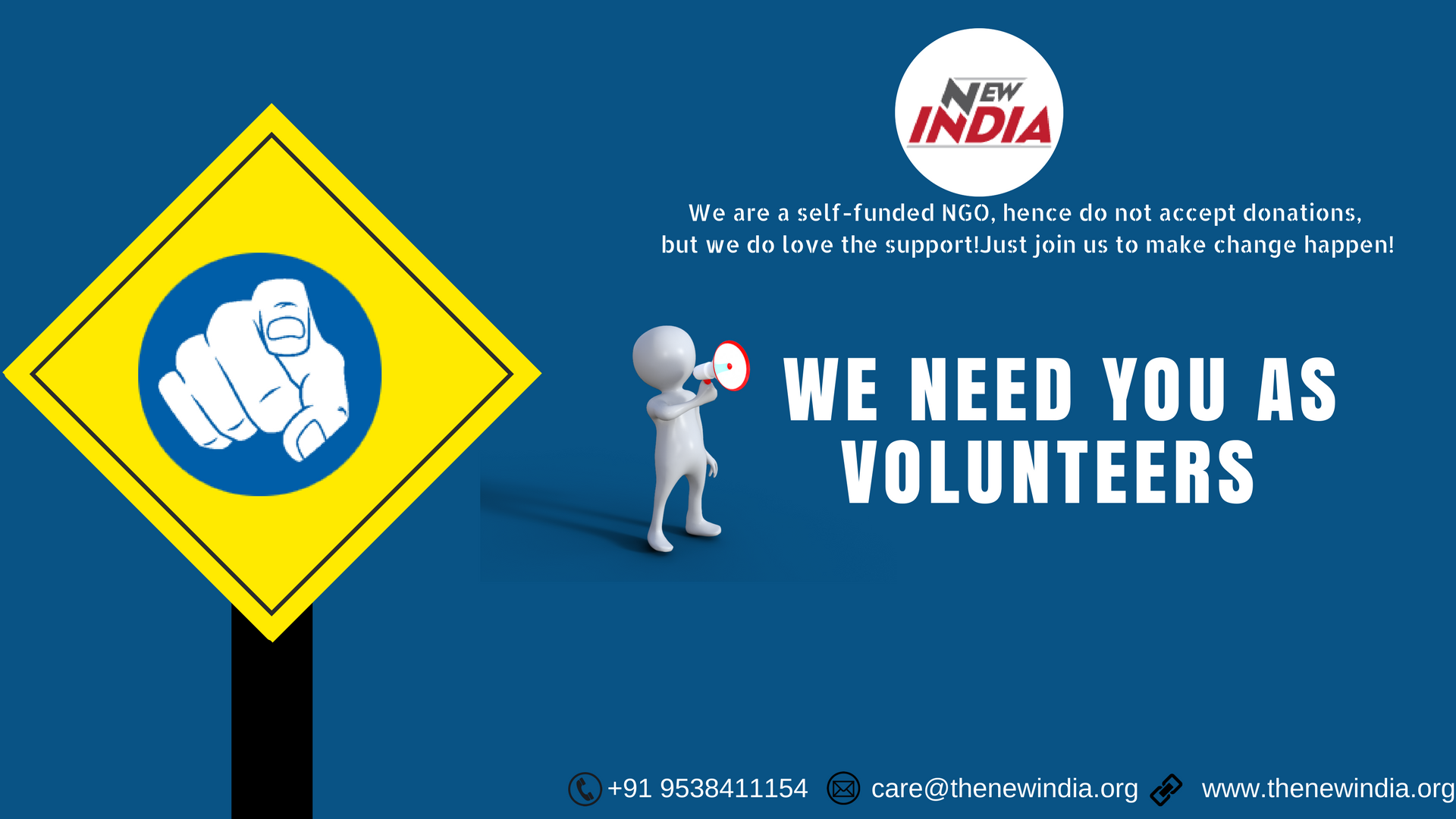
India: A patriarchal, discriminating society
From Sati, child marriage, dowry to marital rape India as a society breeds many such taboos. Indian society, to provide an overview, is largely a traditional society which still holds on to the vestiges of the past in terms of age old beliefs and customs. The political set up of the country on the other hand is quite a contrast on paper.
The Constitution of independent India boasts of being one of the first documents envisioning a political structure, historically situated in the 20th century world that offered equal political, social and economic rights to women alongside men. This was a marvel at that point in time as many advanced nations of the First World had then yet to come to terms with the demand and need for gender equality.
So what happens when a country is governed with the help of new age laws while traditional society resists the new legislative requirements of practising gender equality, guided by the discriminatory customary laws? The situation that arises appears almost like a cosmetic surgery on a wound that has malignant properties. Social indicators such as female infanticide rates, maternal mortality rate and overall child sex ratio besides the obvious statistics found in crime reports are telling signs of this misfit beneath the image of a new age democracy.
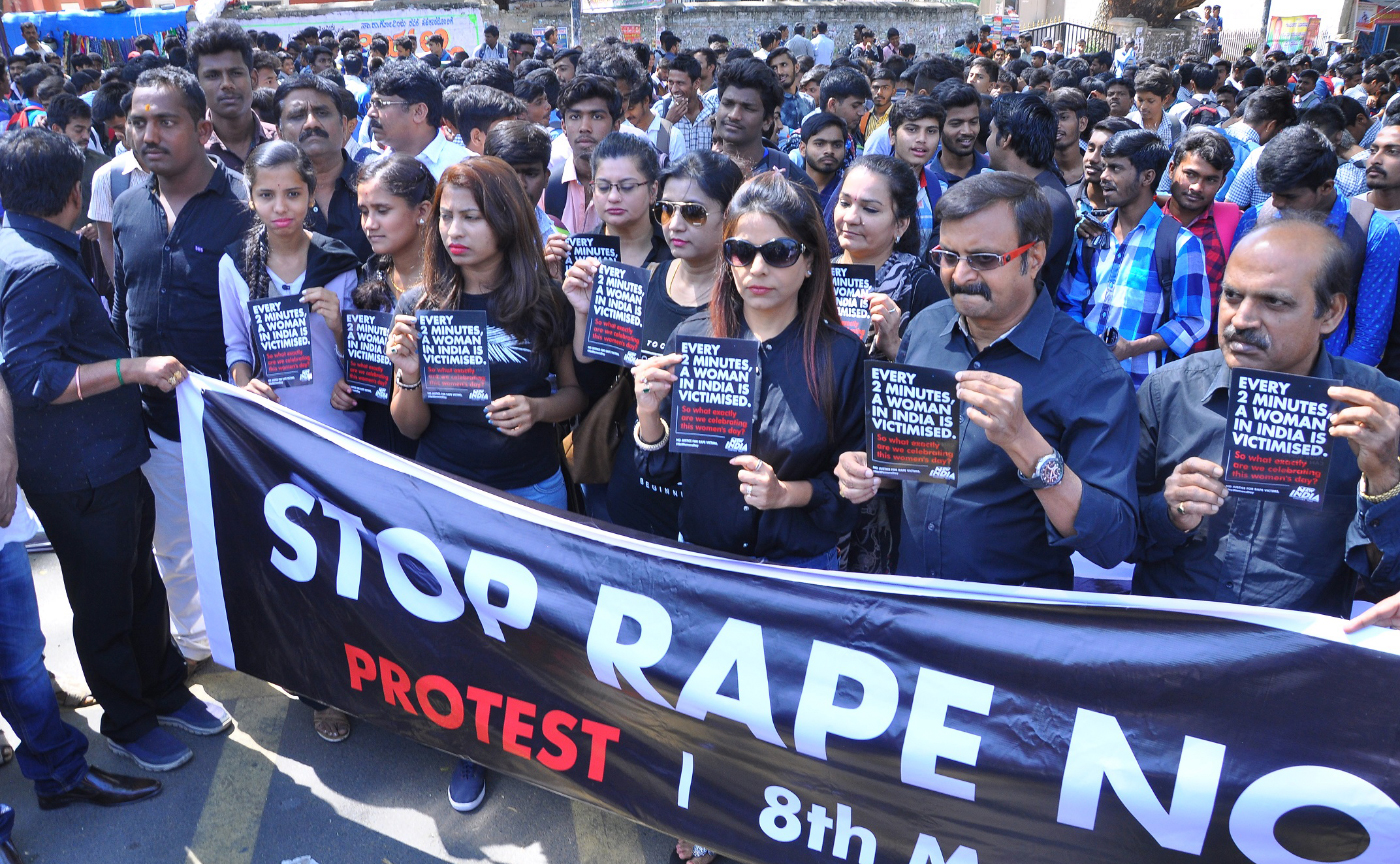
Mysore bank circle, K.G Road at Bangalore this morning witnessed a different kind of celebration marking the International Women’s Day. A silent protest against rape, their core message No Justice, No women’s day. New India, a self-funded NGO which is committed to women empowerment, creating a better future for underprivileged children and quality health-care in India. On the occasion of International Women’s Day New India initiated a StopRape campaign which is a sincere effort to seek the attention of all the Honorary Judges of India and urge them to ensure day to day trials of rape cases thus ensuring Justice!
The StopRape campaign expressed its message through a silent protest that happened in Bangalore the protest walked from Mysore bank circle to Freedom Park. It amassed an overwhelming participation of 2000 people walking for a safer India! Most of them donning black the colour of protest. The one’s who could not express their support physically, are signing an online petition to be a part of this campaign. So the ones who cannot be a part of the protest physically please do go online, log on to www.thenewindia.org and support us!
We at New India would sincerely like to thank all the protestors who came, gave their valuable time and walked with us in the silent protest and helped us be one voice against rape! We would also like to thank all our online supporters for strengthening the cause! We hope our voice will be heard!
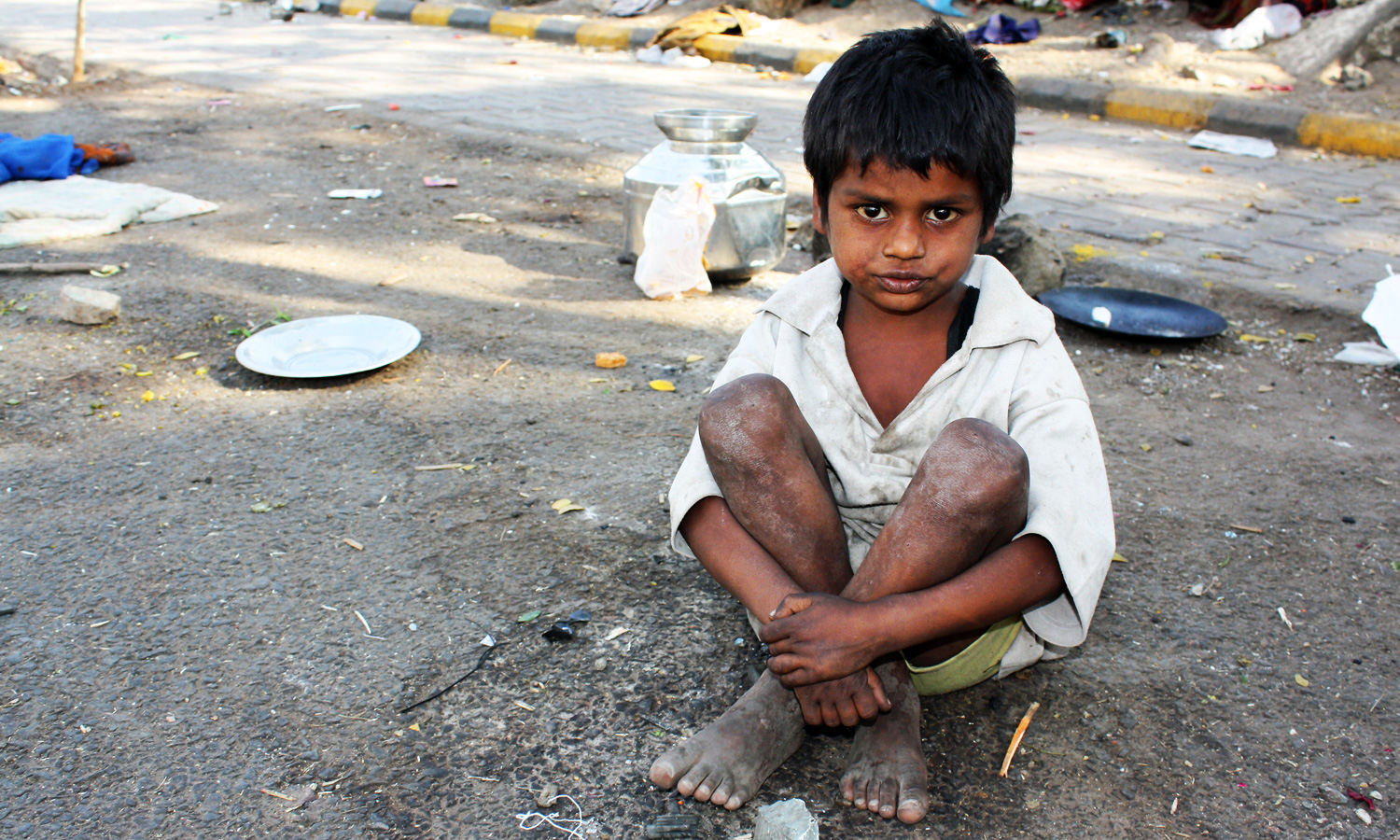
As much as 500 million of India’s total population live below the poverty level. These families live in living standards that are among the poorest in the world. Thousands of mothers, newborn babies and children in India die every year from preventable diseases. 27% of deaths of children below age 5 are because of prematurity, 14% due to respiratory infections and 11% due to diarrhoea. 66% of the rural population in India lacks access to preventive medicines.
Healthcare is, by far, out of a poor man’s reach. About 75% of healthcare resources are concentrated in urban areas, where only 27% of the total population resides. 31% of the rural population in India has to travel over 30 km to get even the most urgent medical treatment. About 40% of the population in the metropolitan and large cities live in urban slums, where primary healthcare is provided by health posts. Most of the health posts are located outside the slum areas, making accessibility difficult.
Healthcare is every child’s right but problems like lack of quality infrastructure, shortage of experienced medical functionaries and non-access to basic medicines and medical facilities avert its reach to over 60% of the child population in India. The need of the hour is to work collectively towards promoting health in areas, where the poor children manage to survive.
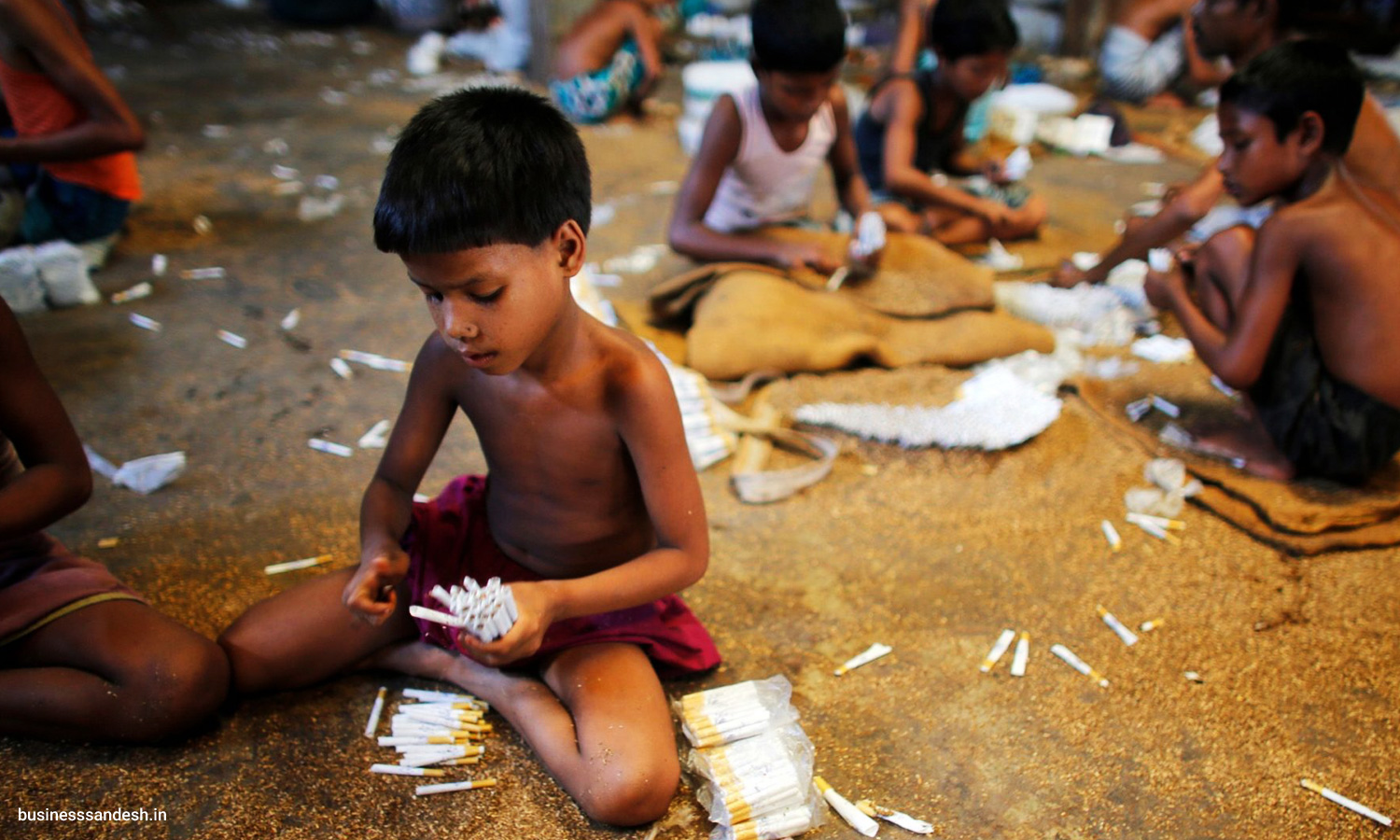
There are 10.13 million child labourers between 5-14 years in India. Children are a nation’s future and often this future is ruined at the hands of the monster called Child labour. Internationally it is one of the major concern and as for our country it is one of the burning issues. The law states that anyone below the age of 14 cannot be employed both in a factory, office, or restaurant and even as house-help. Unfortunately large number of manufacturing units and offices have children as their work-force. India’s exports have been severely affected due to this, as hiring is a child is considered violation of human rights. In a large number of cases of export of ready-made garments, prawn and several other items from India has been rejected on grounds of child labour is being used.
The key causes contributing to Child labour are, poverty, reduced labour cost, reasons for engaging as domestic aid as the children are less doubtful about dishonesty or less liable to misbehave or be violent.
In a developed society where every citizen counts and all citizens have to have proper education, health care supports, games and entertainment and complete his education so that when he is a fully grown adult he can get a full employment with standard salary. We need, strict laws, public awareness, increase in employment opportunities for adults, free education, and a consciousness that makes us realize that a child needs to be a child.
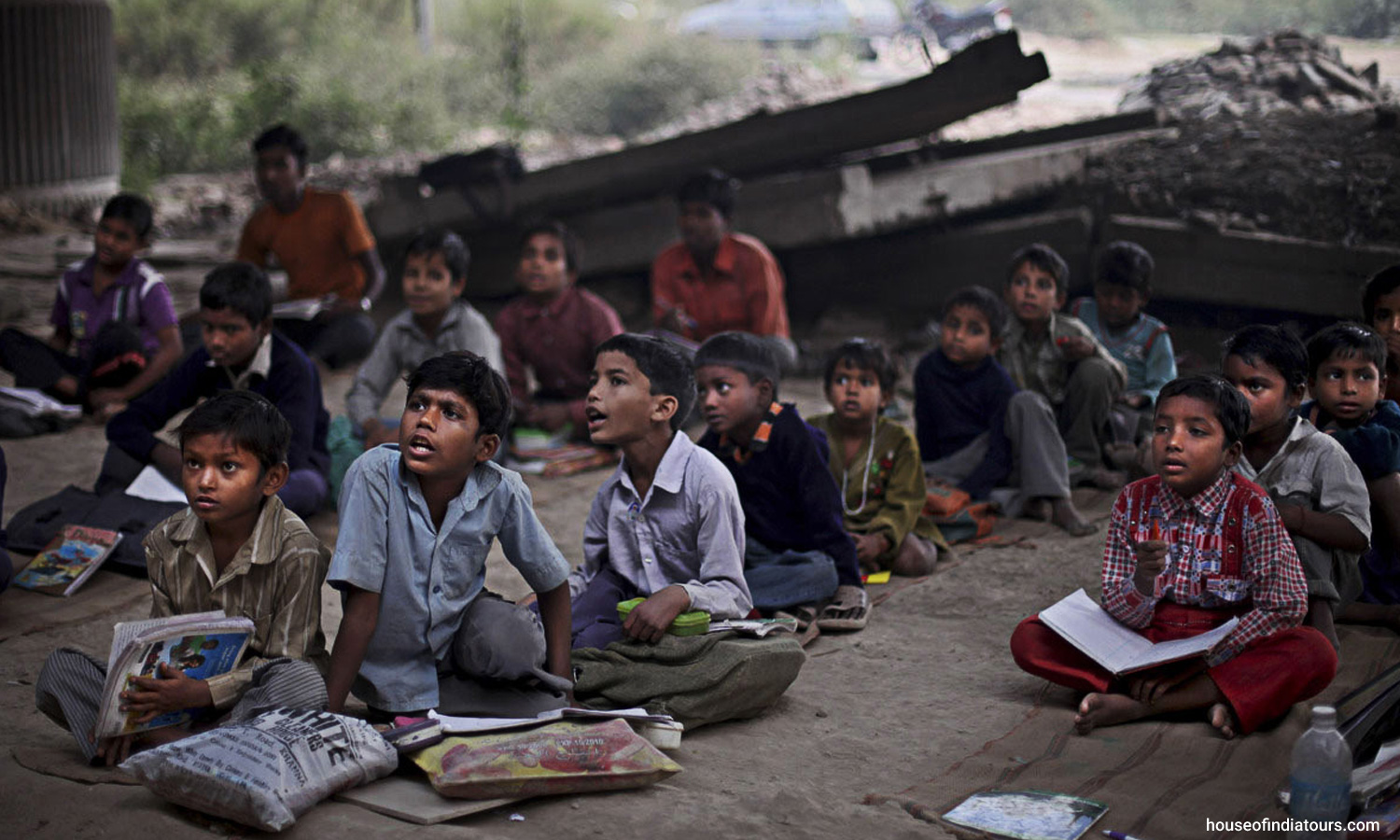
1 in 4 children of school-going age is out of school in our country. 99 million children in total have dropped out of school. Only 2% of the schools offer complete school education from Class 1 to Class 12 (District Information System for Education (DISE) 2014-15).
These numbers are an indication that the right to education has become a privilege. Large number of children in our country are deprived from their basic right of education. India is a country with more than one billion people, and just one-third of them can read. Rapidly growing size of population, shortages of teachers, books, and basic facilities, and insufficient public funds to cover education costs are some of the nation’s toughest challenges. This is where Children in India are facing the basic challenges. According to a study, more than 30% of educational funds are allocated towards higher education, leaving the primary education in India in sway.
India is fourth among the top 10 nations with the highest numbers of out-of children in primary level. Furthermore, the rate of school drop-outs amongst students is very high. One of the main reasons behind this is poverty. When earning a livelihood and taking care of the members of the family becomes a primary matter of concern in one’s life, education stands a little or, very often, no chance of pursuance. For the underprivileged people in India, education is perceived as a high-priced luxury, and this negative outlook continues on with every new generation.
A disproportionate number of total out-of-school children in India are girls. What denies equal opportunities of children are serious social issues that have arose out of caste, class and gender differences. The practice of child labour in India and resistance to sending girls to school in several parts of the country remain as genuine concerns. If the current trend continues, millions of underprivileged children will probably never set foot in a classroom. For a brighter tomorrow we need to nurture our today.

It is believed that by the year 2030 167 million children across the globe will be living under the poverty line, 69 million children below the age of 5 will die due to mostly preventable causes and 750 million girls will fall prey to child marriage. Poverty, illiteracy and bad health conditions are the three major issues preying on the innocent. Unprivileged children, who are the world’s poorest children living in slum areas and on the streets, lead a life where in there is no money, no education, lack of sanitation facilities, food and safe drinking water and no proper houses. All this leads to problems like child labor, child marriage, major health issues and crime, posing a threat to urban society and development of the country. The same conditions are passed on to the coming generations of slum dwellers, making their upliftment difficult in the society.
19.8 million Children below age 6 in India are undernourished (ICDS 2015). It is more agreeable to have the power to give than to receive. We life in a world that may be ours today, but it truly belongs to the little ones who will be its inhabitants tomorrow. We have a huge population of underprivileged, malnourished children who are far-away from care and hope. Imparting quality education to these people. Making them self-independent in life. Providing all the basic facilities (like food, clothes and education) to adopted poor children. Let us take a step towards a lovely future.
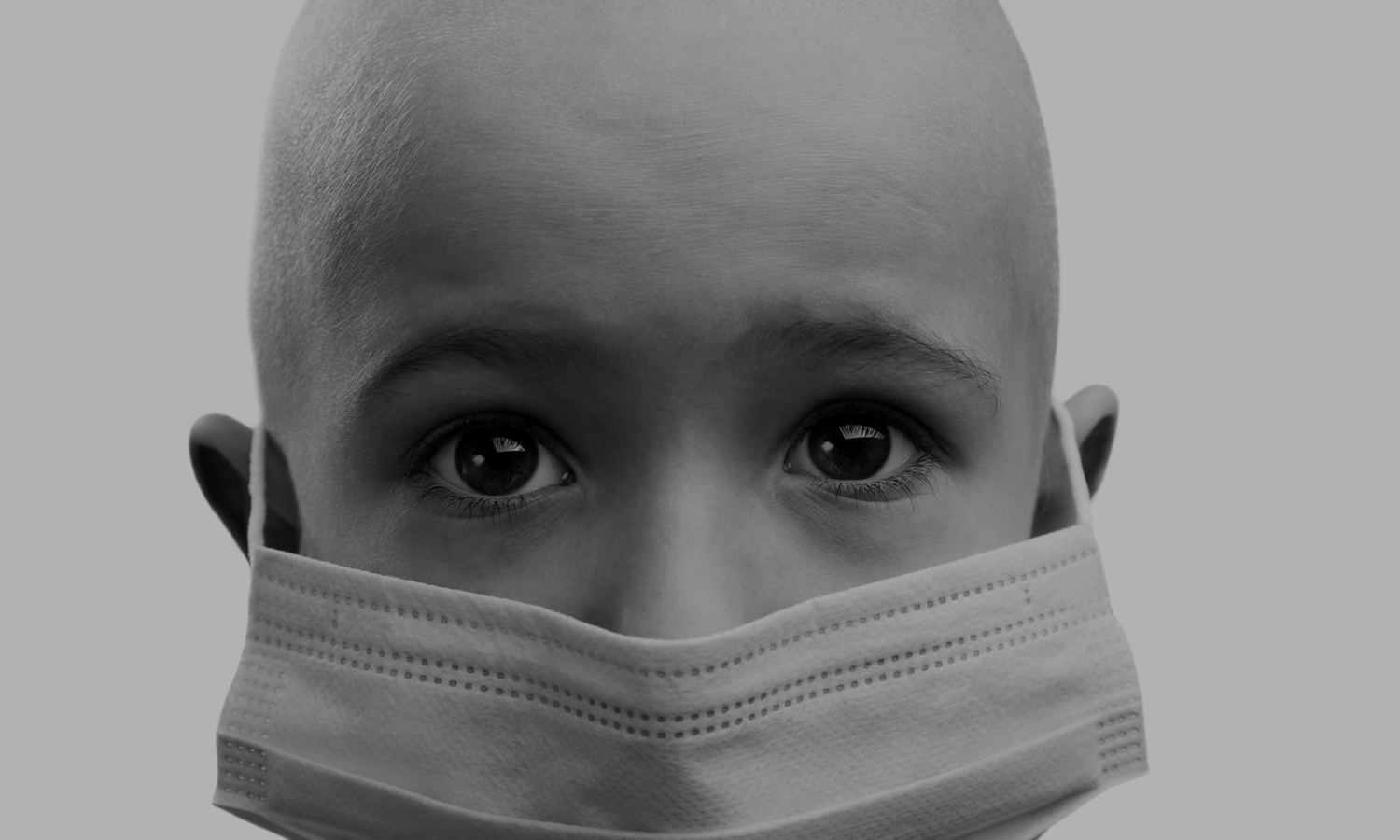
The Curse Called Cancer!
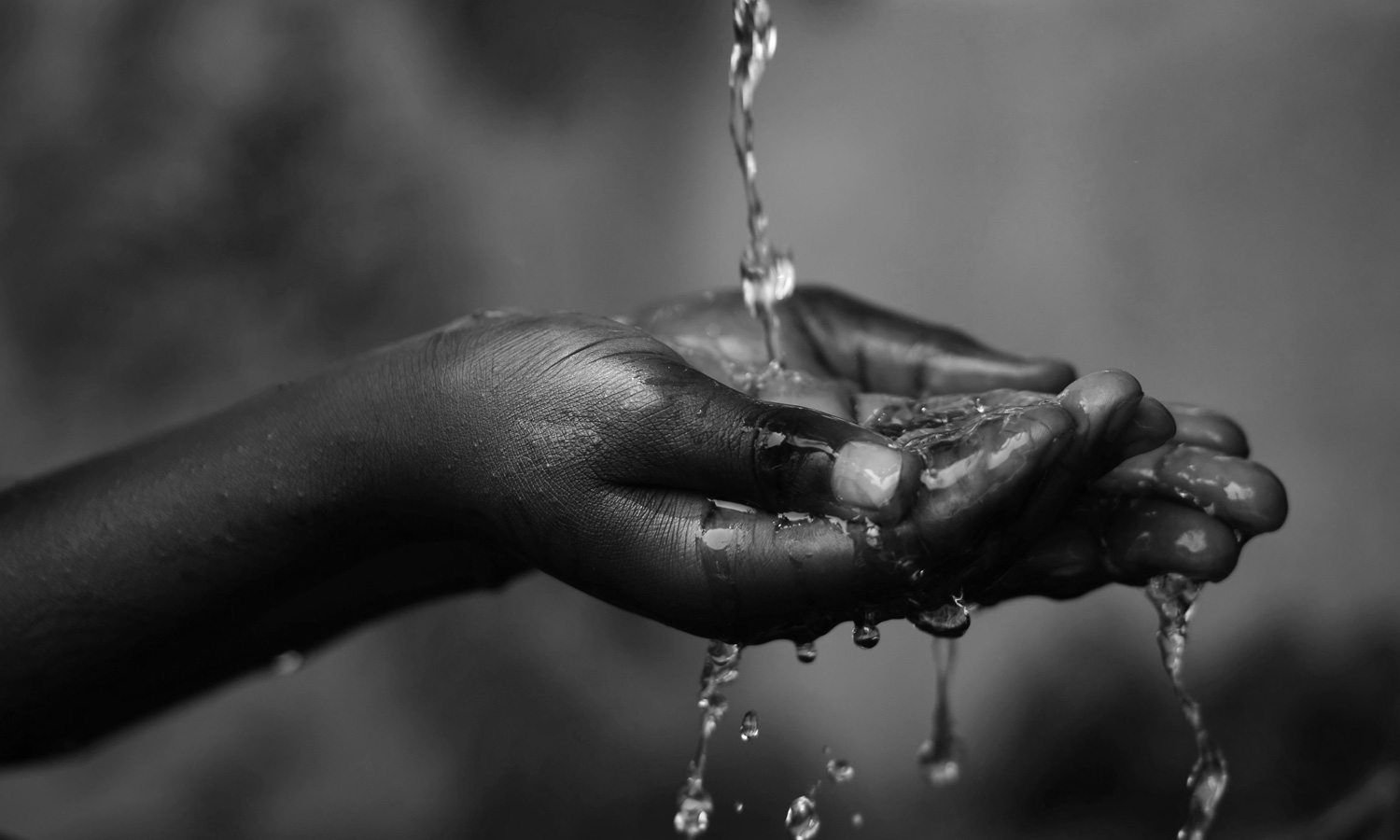
Health-care absent from our political mottos!
When we meet each other, a friend or a stranger, we greet and in that greeting we wish each other good health, not wealth, not success but great health. A healthy life is the very basic of our existence. Unfortunately this basic need is lagging in our country, India’s performance on the health front is not at the top, but at the bottom. India as a country is merely playing catch up and lagging behind on several social indicators like life expectancy, immunisation, infant mortality, child undernourishment, girls’ schooling and sanitary facilities such as having family toilets. “India generally had the second best social indicators among the six South Asian countries including India, Pakistan, Nepal, Bangladesh, Bhutan and Sri Lanka. Second only behind Sri-Lanka. It now looks second worst, ahead of one country: Pakistan.” Health related issues and problems aren’t even given enough coverage and consideration in media.
Health wasn’t even a subject during the elections of 2014, the subject wasn’t mentioned by either of the parties the one that won and the one that lost. “In my view and belief it is about time we include social determinants of health like nutrition, sanitation and social equity, and should either be seen as incomplete as a concept in serving health, or be broadly defined. “For example, when you look for clean water, you are doing something for healthcare.”

Cost & Cancer, kill faster!
Each sitting of chemo-therapy costs at-least 90,000! Incessant coughing led a Bangalore based patient to get himself tested, result was a non-Hodgkin’s lymphoma, a cancer that predominantly affects the lymph nodes and thereby the immune system.
Two months and four chemotherapy cycles later, he had already forked out Rs 5 lakh and expects the final bill to touch Rs 10 lakh. The costs include a lymph node biopsy, a bone marrow test, an endoscopy, a PET scan, special anticancer drugs and six cycles of chemotherapy. Savings were encashed, bonds were broken, credit cards were swiped. Cancer care can get hugely expensive if it is detected late, or if the screening is not proper and if the treatment is not right the first time. It could cost as low as Rs 2.5 lakh for six months of treatment, with some of the lowest priced generic drugs in the world, to as high as Rs 20 lakh, with novel drugs and targeted medicines. Why is cancer treatment so forbiddingly expensive? The main reason is the staggeringly high cost of equipment and setting up a cancer hospital: doctors estimate a 100-bed cancer speciality hospital would need an investment of up to Rs 100 crore, excluding the cost of land in most cases.
Hospitals have to pay a fortune for imported equipment. For example, a linear accelerator, which is used for radiation therapy, costs around Rs 10 crore, plus an import duty of around Rs 1 crore. Similarly, a PET CT scan machine, used to pinpoint the location of cancers, is anywhere between Rs 3 crore and Rs 6 crore. The costliest is a CyberKnife used for radiotherapy which costs around Rs 30 crore. Apart from equipment, cancer treatment medicines are expensive. Such is the reality of this disease and its cure, it becomes an imperative that we find a way to ensure that cancer doesn’t wipe out a patient’s life but also their entire ecosystem and family life.

Our country witnesses over 35000 rape cases in a year, a number which is increasing, and a number that reflects a dark truth we all live with. A society founded on the unequal principles of patriarchy is already a difficult place for Women to live, grow and thrive, adding to the menace is the ever increasing incidences of violence against women, especially Rape. All this in a country that worships Goddesses. Over 31,000 rape cases are pending in high courts alone. India’s conviction rate for rape, at 25.5%, remains low compared to all cognisable crimes – those that do not require a magistrate’s permission to investigate – under the Indian Penal Code (46.9% in 2015).
What adds raw salt to the open wounds is that we often blame the victim for her own unfortunateness. We judge her character, her clothes, and thus make her existence a living hell. The prevailing insensitivity often leads to victims remaining quiet, committing suicide, seldom do we see a Rape survivor, actually live a normal life.
It is about time our government takes strong steps against Rape. Here are something’s we can do to make India safer.
- Make the rape laws strict and unforgiving
- Get media literate: Media, like everything else we consume, is a product; someone imagined, created and implemented it. Ask the right questions about who creates media that profits off the objectification of women.
- Create a code of conduct: at work place, school and home, with respect to interaction with persons of opposite sex should be outlined and implemented.
- Gender sensitization
- Gender sensitization by parents and teachers is needed regarding the sensitivities and boundaries of man-woman relationships.
- Education and employment
- Improvement in quality of education and employment opportunities for youth.
- Recreation and talent – Recreational avenues and opportunities for talent development in young people.
- Moral and religious values – Parents and teachers should strive to infuse good moral and religious values in children and serve as role models.
- Population control – Last, but not the least, If we are sincere we will get the results. Let us all say “No” to violence against women.

